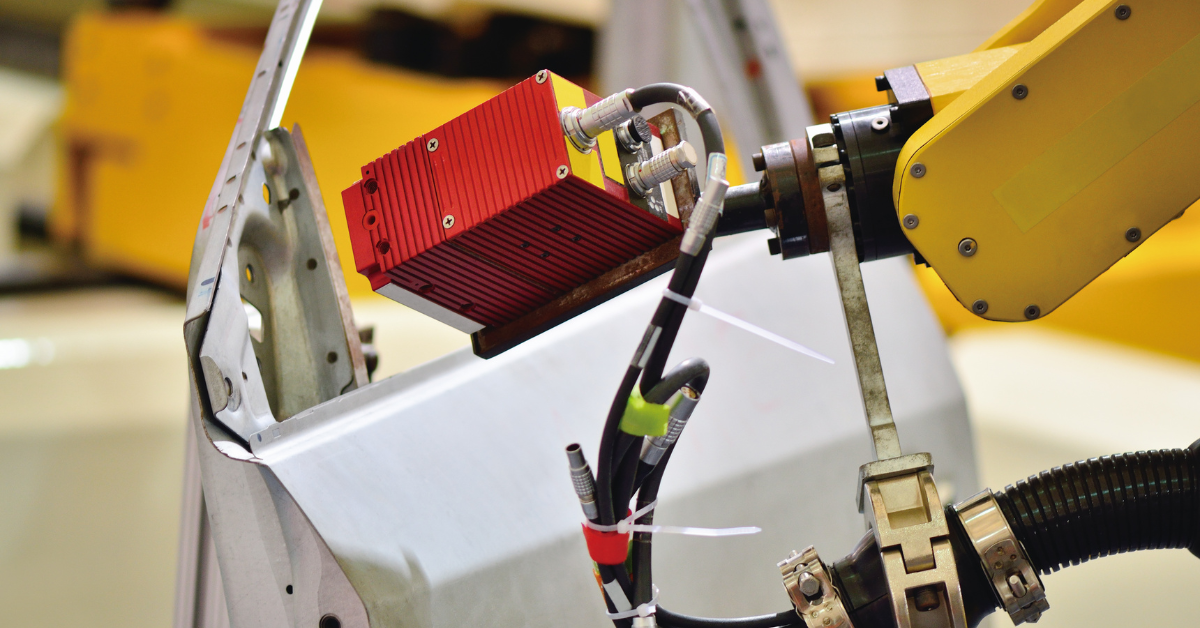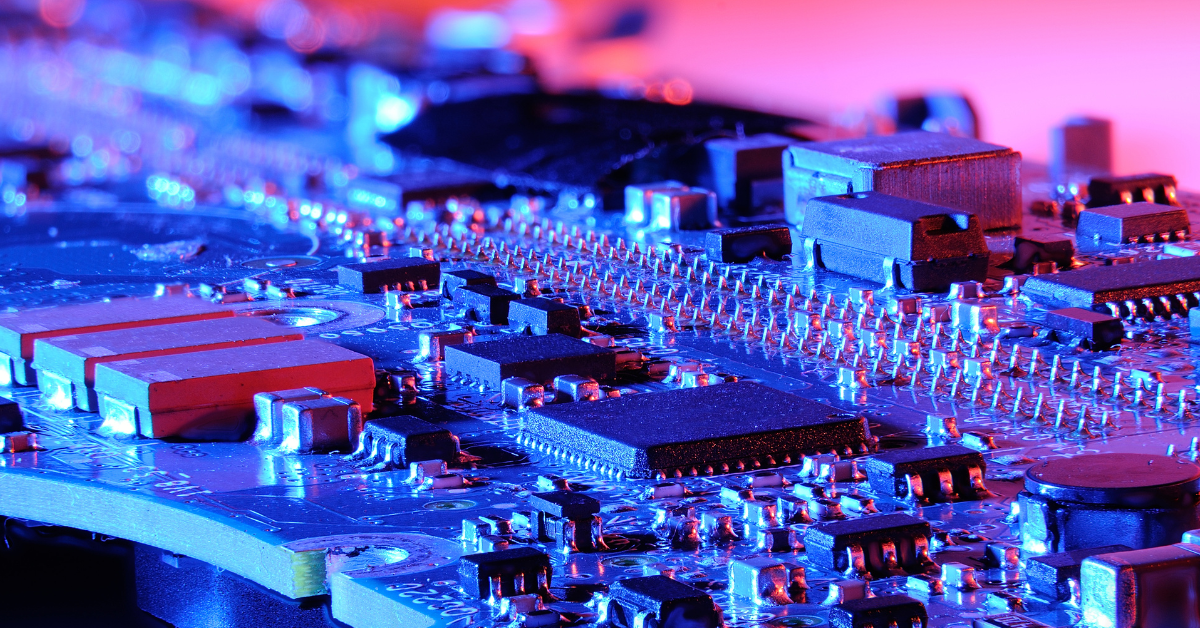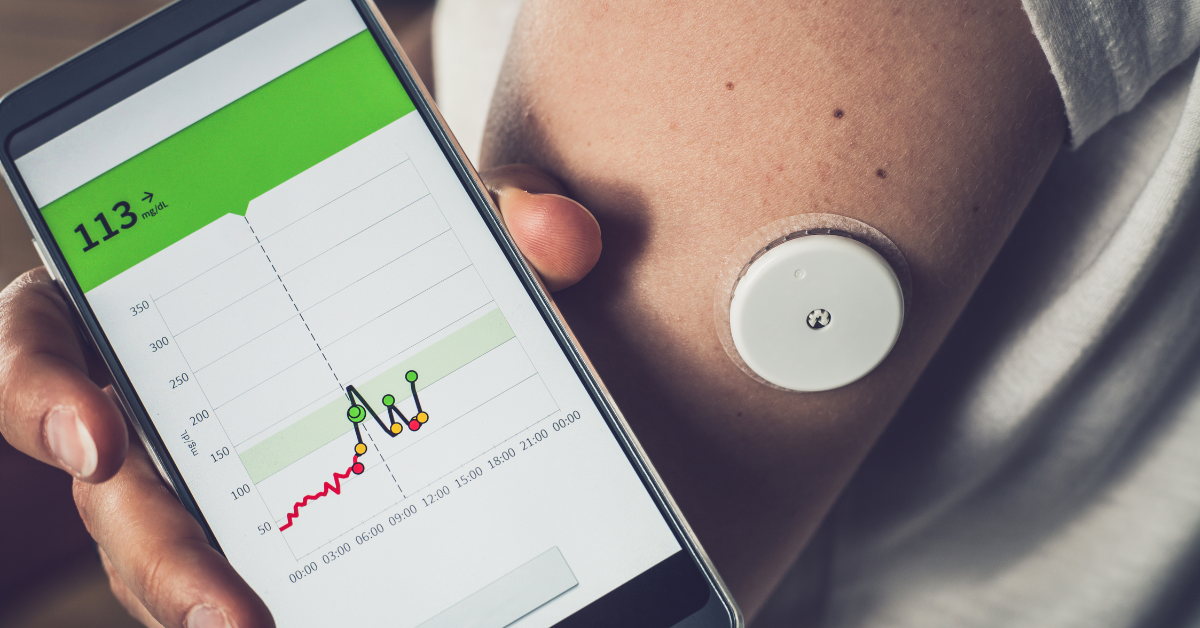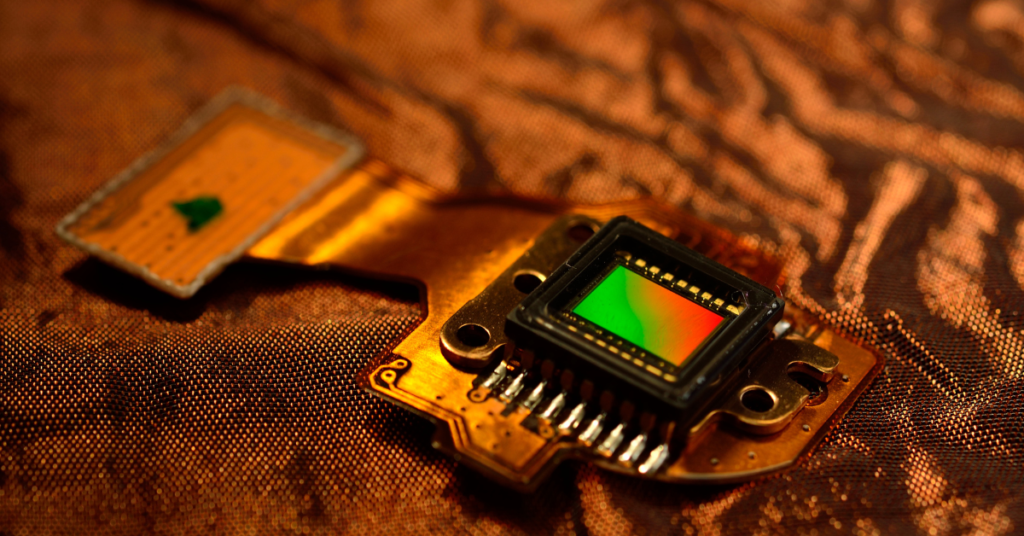Introduction to Phone Sensors
- What are phone sensors?
- Importance of phone sensors in modern smartphones.
- Introduction to TechSerps as a platform that provides in-depth information about technology, including mobile sensors.
- How understanding phone sensors can help users choose the best phone with advanced features.
Understanding How Phone Sensors Work
- The basic principle behind sensors in mobile phones.
- Role of sensors in user interaction, device optimization, and enhanced experiences.
- Types of data collected by sensors.
- How sensors work in conjunction with software and apps to process data.
Types of Phone Sensors
- Accelerometer: What it does and how it helps with orientation, step counting, etc.
- Gyroscope: How it enhances device stability, gaming experience, and navigation.
- Proximity Sensor: Role in screen behavior during calls.
- Ambient Light Sensor: Adjusts screen brightness based on environmental light.
- Fingerprint Sensor: Types (optical, ultrasonic, capacitive) and how they work for security.
- Barometer: Detecting atmospheric pressure and its uses in weather apps.
- Magnetometer: Role in compass functionality.
- GPS Sensor: How it aids in location tracking and mapping.
- Temperature and Humidity Sensors: Applications in health and environmental monitoring.
- Heart Rate Sensors: How they work and contribute to fitness and health monitoring.
- Other sensors: UV sensors, infrared, and more.

How These Sensors Improve User Experience
- Enhancing daily functionality: navigation, fitness tracking, and user security.
- The role of the best sensor in improving the accuracy and responsiveness of smartphones.
- Real-world applications of sensors: gaming, photography, virtual reality, and more.
Choosing a Smartphone with the Best Sensor Technology
- What to look for in a phone with advanced sensors.
- How sensors affect performance and battery life.
- Recommendations for smartphones with the best sensors.
- The role of sensors in the future of mobile phones.
- Comparison of popular smartphone brands and their sensor technologies.
The Future of Mobile Phone Sensors
- Emerging trends in sensor technology: AI integration, miniaturization, and more.
- How the best sensor technology is shaping the future of mobile phones.
- The role of TechSerps in keeping users updated with the latest advancements in sensor technology.
Conclusion
- Recap of the importance of phone sensors.
- How mobile sensors contribute to the overall smartphone experience.
- The role of TechSerps in providing detailed insights and recommendations for mobile technology enthusiasts.

Introduction to Phone Sensors
In today’s world, mobile phones are not just devices for communication; they are powerful tools that integrate various advanced technologies to enhance our daily lives. One of the most crucial aspects of modern smartphones is the sensors they come equipped with. Sensors enable a wide range of features, from detecting your movements and orientation to providing enhanced security features like facial recognition and fingerprint scanning.
TechSerps is an authoritative platform dedicated to providing the latest tech news, trends, and expert insights into the world of mobile technology. Whether you are a tech enthusiast or a casual smartphone user, understanding how these sensors work can help you make more informed decisions when choosing your next mobile device. This article will delve into the world of mobile phone sensors, explaining how they work, the different types available, and how they can improve your smartphone experience.
What are Phone Sensors?
At its core, a phone sensor is a device embedded in your smartphone that detects and responds to various environmental factors such as motion, light, proximity, temperature, and more. These sensors collect data from the environment and relay it to the phone’s software, enabling the device to interact intelligently with its surroundings. From automatic screen dimming based on ambient light to accurately measuring steps taken, these sensors help optimize your phone’s functionality, making it more intuitive and user-friendly.

Introduction to TechSerps
At TechSerps, we specialize in breaking down complex tech topics into easily understandable content. Our aim is to provide valuable insights that allow consumers to make the best decisions when it comes to the tech products they use. In this article, we’ll explore the types of sensors found in mobile phones, how they work, and how they are revolutionizing the way we interact with smartphones.
Why Are Phone Sensors Important? What Every Investor Should Know
In today’s rapidly advancing technology landscape, mobile phones have become far more than simple communication devices. They now serve as versatile tools, equipped with a wide array of sensors that enable a seamless interaction with users and the environment. As an investor, understanding why phone sensors are important can provide valuable insights into the future of mobile technology and its growth potential. In this post, we will explore the significance of these sensors, how they work, and what every investor should know about them.
Section on “How Phone Sensors Work”
When you pick up your smartphone, you may not realize that it is packed with sophisticated technology that helps it perform various tasks with ease. At the heart of this functionality lies a series of sensors that allow the phone to collect and interpret data from its environment. These sensors detect physical and environmental changes and convert them into actionable information for the phone’s operating system.
For example, the accelerometer detects movement and orientation, enabling features like automatic screen rotation. The gyroscope enhances this by providing precise motion data, which helps improve the accuracy of apps such as gaming or navigation.
Phone sensors are integral to enhancing user experience, automating tasks, and making the phone smarter. From step counting to smart screen brightness adjustment, sensors make mobile phones responsive to their environment, ensuring a smooth and intuitive user experience.
Understanding the Different Types of Data Sensors Collect
Phone sensors play a critical role in collecting and processing data that powers many of the features we rely on daily. Below are some of the key types of data that sensors collect:
Physical Movement Data
One of the most common types of data collected by phone sensors is movement data. The accelerometer and gyroscope work together to capture this information. They can detect changes in speed, direction, and orientation, making them essential for applications like navigation and gaming. When you tilt your phone to steer in a game or use a navigation app to guide you, these sensors are working in the background to give you an accurate experience.
Data collected: Acceleration, tilt, orientation, and movement.
Light and Proximity Data
Ambient light sensors and proximity sensors are responsible for adjusting the phone’s settings based on its surroundings. The ambient light sensor detects the level of light in the environment and automatically adjusts the phone’s screen brightness to optimize visibility. On the other hand, the proximity sensor ensures that your phone screen turns off when you hold it close to your ear during a call, saving battery and preventing accidental touches.
Data collected: Light intensity, proximity to objects.
Location and Atmospheric Data
A phone’s GPS sensor collects data about the phone’s exact location, which is crucial for navigation, location-based services, and mapping apps. Meanwhile, sensors like the barometer and magnetometer gather data related to atmospheric pressure and magnetic fields. This data is essential for apps that require weather tracking, altitude measurement, and compass functionality.
Data collected: Location, altitude, atmospheric pressure, magnetic fields.
Health Data
With the rise of health and fitness apps, heart rate sensors and temperature sensors have become integral in monitoring the user’s health. These sensors track heart rate, body temperature, and even oxygen levels, providing real-time data that can be used for wellness tracking, exercise routines, and medical applications.
Data collected: Heart rate, body temperature, oxygen levels.
Why Investors Should Care About Phone Sensors
As an investor, understanding the value and impact of phone sensors is crucial to identifying trends in the tech industry. The increasing importance of mobile sensors has led to numerous advancements in smartphones, and this has become a driving factor in the growth of the mobile technology market.
1.Growth in Sensor-Driven Technologies
With the continuous innovation in mobile technology, phone sensors are evolving to provide even more precise and diverse data. From facial recognition technology driven by infrared sensors to the development of new health monitoring capabilities, the demand for advanced sensors is skyrocketing. These sensors are becoming essential for a wide range of industries, from fitness and healthcare to automotive and augmented reality.
Investing in companies that specialize in sensor technology can provide significant returns, as their products will become more integrated into smartphones and other IoT devices. Investors who understand the significance of phone sensors are better positioned to make informed decisions about which companies are poised for future growth.

2. Improving User Experience and Market Share
Phone sensors are not just enhancing the functionality of smartphones—they are also improving the overall user experience. The ability of a phone to automatically adjust settings based on real-time data helps optimize battery life, usability, and user satisfaction. As companies compete to offer the most innovative and feature-rich devices, those that incorporate the best sensors into their smartphones are likely to capture a larger market share.
Investors should look for companies that prioritize sensor innovation in their devices, as this is becoming a key differentiator in the competitive smartphone market.
3. Integration with Emerging Technologies
The future of phone sensors goes beyond basic functions like screen brightness adjustment or GPS tracking. As smartphones become more integrated with augmented reality (AR), virtual reality (VR), and artificial intelligence (AI), sensors will play a critical role in enhancing these experiences.
For instance, AR apps use the phone’s camera, motion sensors, and gyroscope to track movement and overlay digital objects onto the physical world. The sensors enable these apps to deliver a more immersive and interactive experience. Understanding how sensors are used in emerging technologies will give investors an edge in identifying the next big trend in tech.
The Future of Phone Sensors: What Every Investor Should Know
Looking ahead, the best sensors will continue to evolve and become even more integral to smartphone functionality. As companies invest heavily in sensor technology, the potential applications for these sensors are expanding rapidly.
1. Miniaturization and Power Efficiency
One of the most exciting trends is the miniaturization of sensors. As phone sensors become smaller, they consume less power, making them more efficient and less taxing on the phone’s battery. This means that future smartphones will not only be more powerful but also more energy-efficient, contributing to a longer battery life. This will also allow for even more sensors to be integrated into smartphones, opening up new possibilities for user interaction and functionality.
2. AI and Sensor Integration
Artificial intelligence (AI) is already being integrated with sensors to make devices smarter. For example, AI algorithms can process the data from phone sensors to automatically adjust settings, anticipate user behavior, and improve overall performance. As AI technology continues to evolve, we can expect even more innovative sensor-based features that will revolutionize the mobile experience.
3. New Use Cases and Industries
The continued development of phone sensors will not only benefit the smartphone industry but also other sectors such as healthcare, automotive, and smart homes. For instance, wearables with heart rate and oxygen sensors can provide real-time health monitoring. Similarly, automotive companies are integrating phone sensors with vehicle systems for smarter navigation and safety features.
Frequently Asked Questions (FAQs)
Q1: What are the most common types of phone sensors?
Some of the most common phone sensors include the accelerometer, gyroscope, ambient light sensor, proximity sensor, and GPS sensor. These sensors help optimize various features like screen brightness, navigation, and gaming.
Q2: How do phone sensors impact battery life?
Sensors like the accelerometer and ambient light sensor help conserve battery life by adjusting settings based on the environment. However, advanced sensors such as GPS and health monitoring sensors can consume more power, so efficient management of these sensors is crucial for extending battery life.
Q3: How do phone sensors improve user experience?
Phone sensors provide real-time data that adjusts device behavior, such as automatically adjusting screen brightness or turning off the display during calls. This makes the phone more intuitive and user-friendly.
Q4: What is the role of sensors in augmented reality (AR)?
In AR applications, sensors such as the gyroscope, accelerometer, and camera work together to track the user’s movement and overlay digital content onto the real world. This creates an immersive and interactive experience.
Q5: How can investors take advantage of sensor technology trends?
Investors should look for companies that prioritize sensor innovation, particularly those developing cutting-edge sensor technologies for use in smartphones and other smart devices. Understanding the future of sensor-driven applications can provide insights into long-term investment opportunities.

Conclusion
In conclusion, phone sensors play a pivotal role in shaping the future of mobile technology. By understanding how phone sensors work and the types of data sensors collect, investors can identify emerging trends and make informed decisions about the best opportunities in the tech sector. As sensors continue to evolve and become more integrated with new technologies, their impact on industries beyond smartphones will grow. For those looking to invest in the future of mobile technology, staying informed about sensor advancements is a key strategy.



So informative